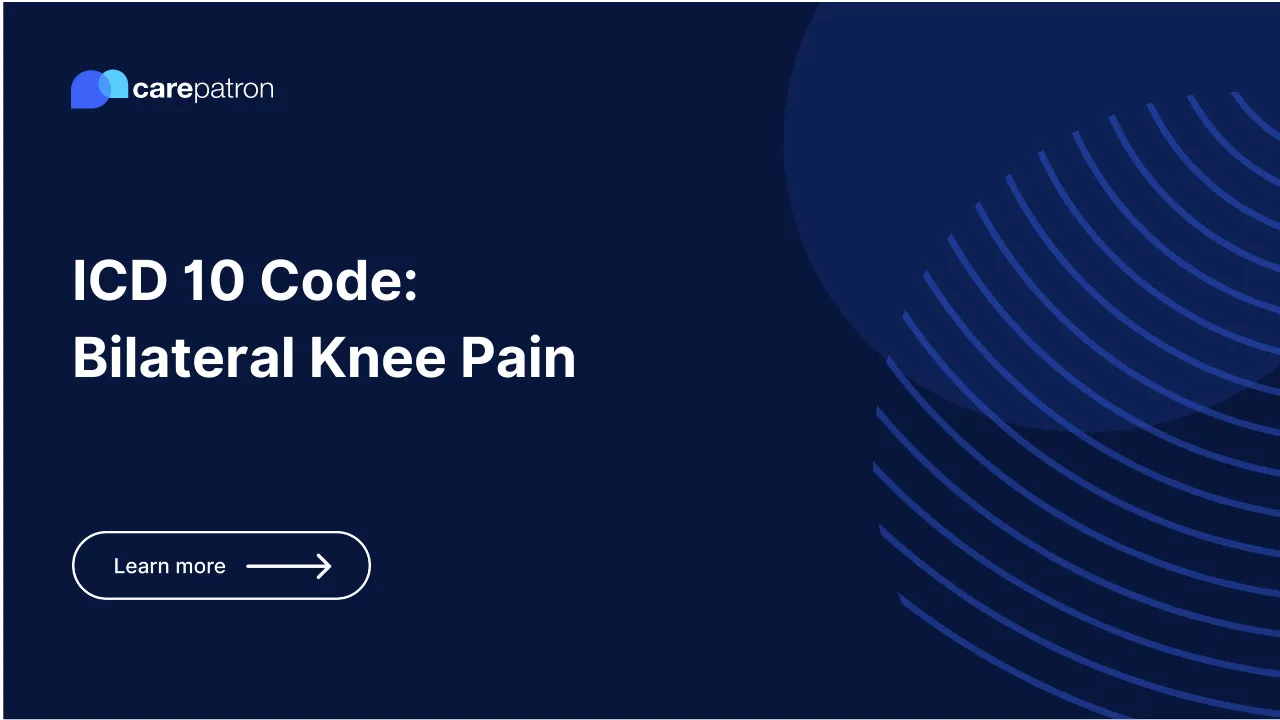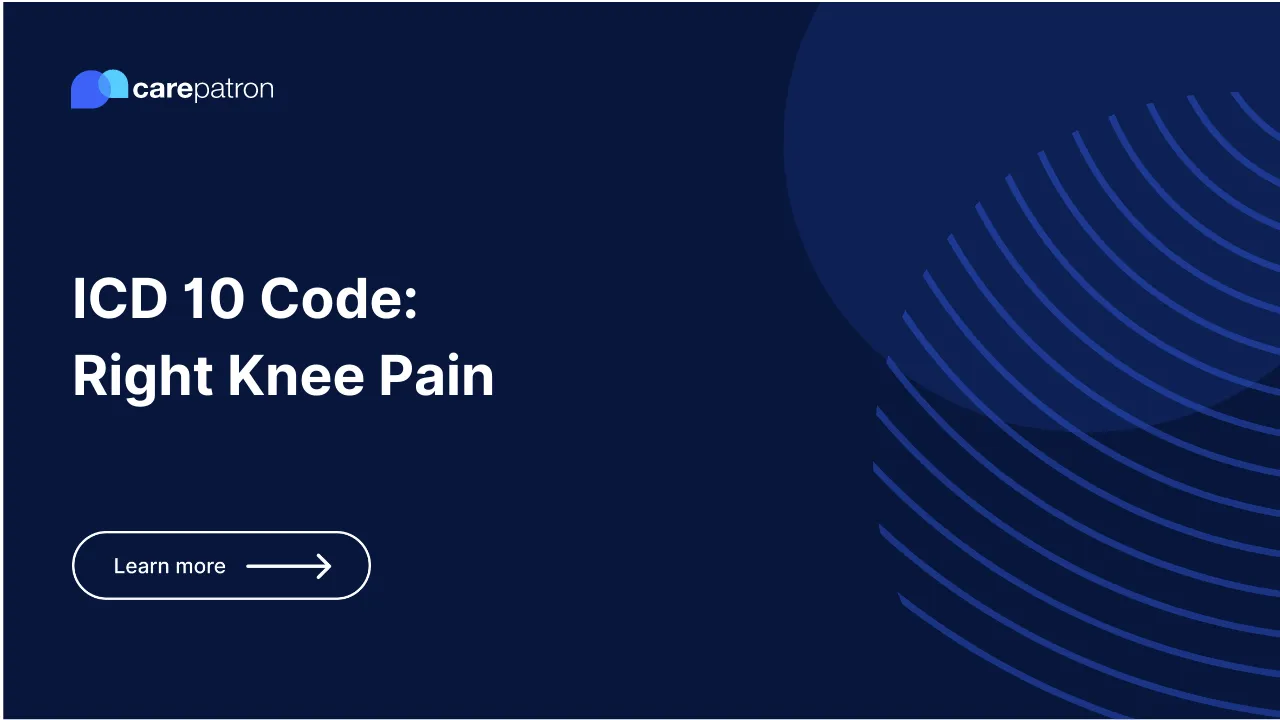Pseudogout ICD-10-CM Codes
Discover the most used ICD-10-CM codes for Pseudogout in 2023. This guide includes clinical information, billable codes, synonyms, and FAQs about Pseudogout.

What ICD-10 Codes Are Used for Pseudogout?
Pseudogout ICD codes are integral for accurately coding this condition. Below are the frequently used ICD-10 codes with their corresponding clinical descriptions:
- M11.20 - Other chondrocalcinosis, unspecified site: This code is generally used when the medical records do not specify the area of the chondrocalcinosis (Pseudogout), and the physician has confirmed the condition.
- M11.271 - Other chondrocalcinosis, right ankle, and foot: This code describes pseudogout, explicitly affecting the right ankle and foot.
- M11.272 - Other chondrocalcinosis, left ankle, and foot: This code signifies pseudogout in the left ankle and foot.
- M11.221 - Other chondrocalcinosis, right elbow: This code denotes pseudogout specifically affecting the right elbow.
- M11.222 - Other chondrocalcinosis, left elbow: This code is used when pseudogout is identified in the left elbow.
Which Pseudogout ICD Codes Are Billable?
Determining whether the ICD codes for Pseudogout are billable is crucial for accurate billing:
- M11.20 - Yes, this is billable as it represents chondrocalcinosis, otherwise known as Pseudogout, without a specified site.
- M11.271 - Yes, this is billable and illustrates Pseudogout affecting the right ankle and foot.
- M11.272 - Yes, this is billable, describing Pseudogout in the left ankle and foot.
- M11.221 - Yes, this is billable and signifies Pseudogout affecting the right elbow.
- M11.222 - Yes, this is billable, representing Pseudogout in the left elbow.
Clinical Information
Pseudogout is arthritis that causes painful swelling in one or more of your joints. Here is some more clinical information:
- Pseudogout is characterized by the deposition of calcium pyrophosphate (CPP) crystals in the joints, leading to severe pain and swelling episodes.
- It most commonly affects the knees but can impact other joints such as wrists, ankles, shoulders, and elbows.
- Symptoms often resemble gout and can include sudden, severe pain in a joint, swelling, redness, and warmth.
- Pseudogout is typically diagnosed through joint fluid analysis to identify CPP crystals and may be confirmed with imaging studies.
- Treatment often focuses on managing symptoms and can include nonsteroidal anti-inflammatory drugs (NSAIDs), corticosteroids, or colchicine.
Commonly asked questions
Pseudogout is primarily caused by the deposition of calcium pyrophosphate dihydrate (CPPD) crystals in the joint tissues, which leads to inflammation and pain. The exact reason why these crystals form remains unknown.
Pseudogout is typically analyzed through a joint fluid analysis where calcium pyrophosphate dihydrate (CPPD) crystals can be detected. X-rays or other imaging methods may also help in the diagnosis.
While there's no cure for Pseudogout, treatments can help manage the symptoms effectively. These may include NSAIDs, corticosteroids, colchicine, and lifestyle modifications such as rest and joint care.


.png)




.webp)
.webp)
.webp)
.webp)
.webp)
.webp)
.webp)
.webp)
.webp)
.webp)
.webp)
.webp)
.webp)
.webp)
.webp)
.webp)
.webp)
.webp)
%2520(1).webp)
.webp)
.webp)
.webp)
.webp)
.webp)
.webp)
.webp)
.webp)
.webp)
.webp)
.webp)
.webp)
.webp)
.webp)
.webp)
%2520(1).webp)
.webp)
.webp)
.webp)
.webp)
.webp)
.webp)
.webp)
.webp)
.webp)
.webp)
.webp)
.webp)
.webp)
.webp)
.webp)
.webp)
.webp)
.webp)
.webp)
.webp)
.webp)
.webp)
.webp)
.webp)
.webp)
.webp)
.webp)
.webp)
.webp)
.webp)
.webp)
.webp)
.webp)
.webp)

.webp)
.webp)
.webp)
.webp)













.webp)
.webp)




.webp)


